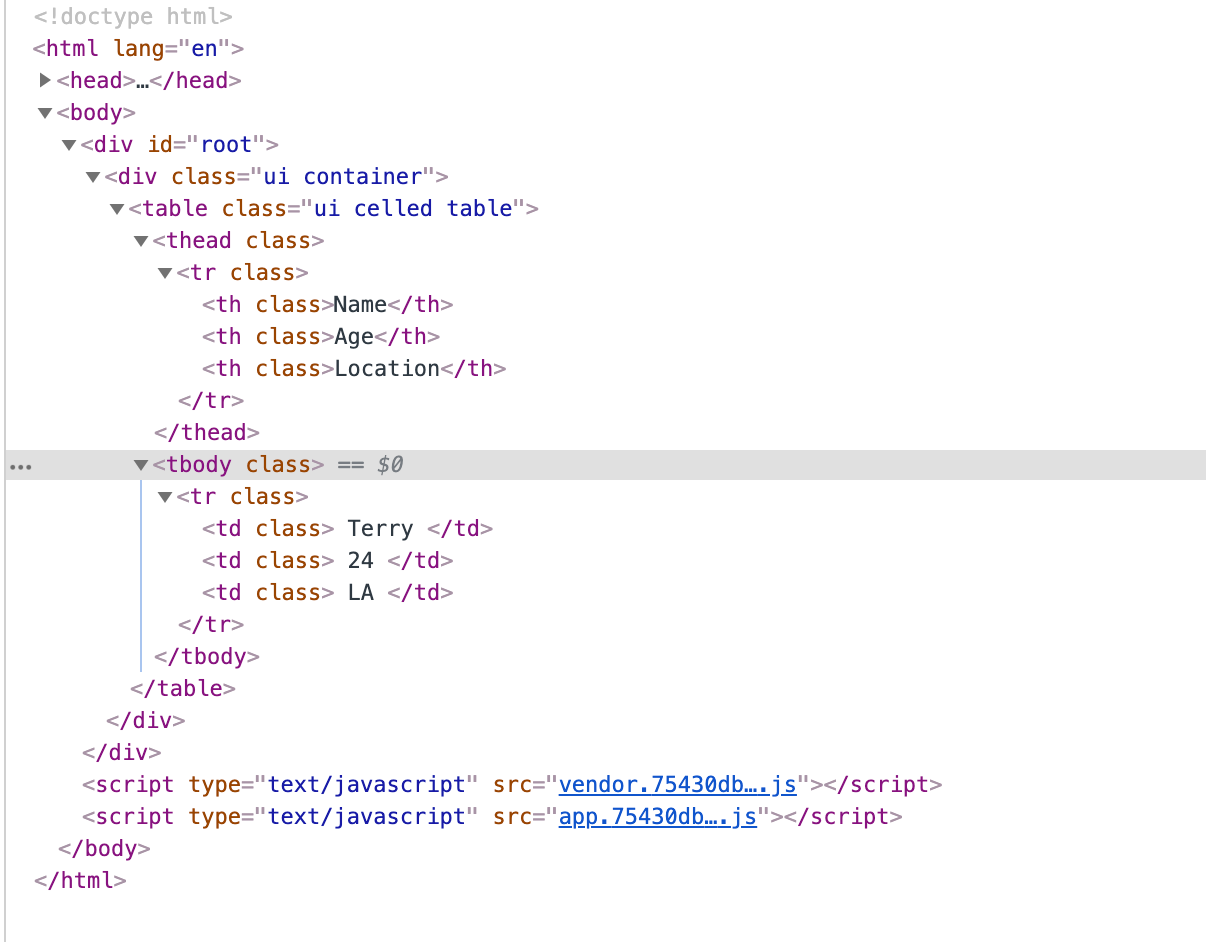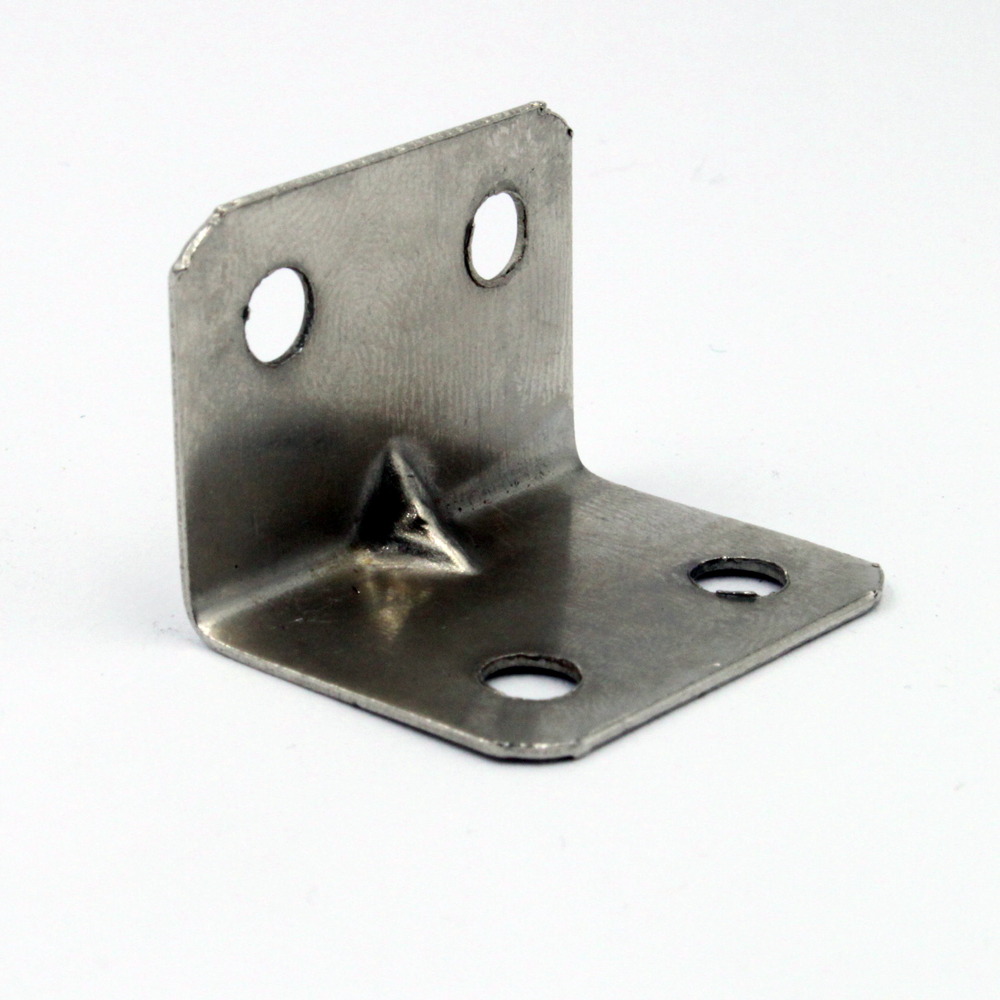
The JAVASCRIPT template mode will allow the processing of JavaScript files in a Thymeleaf application. Note that HTML or XML templates can be also processed as TEXT, in which case they will not be parsed as markup, and every tag, DOCTYPE, comment, etc, will be treated as mere text. Examples of such templates might be text emails or templated documentation. The TEXT template mode will allow the use of a special syntax for templates of a non-markup nature. Note that no validation (against a DTD or XML Schema) will be performed.
#Empy angle bracket react fragment code
In this case, code is expected to be well-formed – no unclosed tags, no unquoted attributes, etc – and the parser will throw exceptions if well-formedness violations are found. The XML template mode will allow XML input.

No validation or well-formedness check will be performed, and template code/structure will be respected to the biggest possible extent in output. The HTML template mode will allow any kind of HTML input, including HTML5, HTML 4 and XHTML. There are two markup template modes ( HTML and XML), three textual template modes ( TEXT, JAVASCRIPT and CSS) and a no-op template mode ( RAW). Out-of-the-box, Thymeleaf allows you to process six kinds of templates, each of which is called a Template Mode: 1.2 What kind of templates can Thymeleaf process? Thymeleaf has also been designed from the beginning with Web Standards in mind – especially HTML5 – allowing you to create fully validating templates if that is a need for you. This improves communication of design and bridges the gap between design and development teams. To achieve this, it builds on the concept of Natural Templates to inject its logic into template files in a way that doesn’t affect the template from being used as a design prototype. The main goal of Thymeleaf is to provide an elegant and highly-maintainable way of creating templates. Thymeleaf is a modern server-side Java template engine for both web and standalone environments, capable of processing HTML, XML, JavaScript, CSS and even plain text. 19 Appendix B: Expression Utility Objectsġ Introducing Thymeleaf 1.1 What is Thymeleaf?.Web context namespaces for request/session attributes, etc.18 Appendix A: Expression Basic Objects.17.4 Performance impact of decoupled templates.13.5 Natural JavaScript and CSS templates.13.4 Textual parser-level comment blocks: removing code.13.3 Textual prototype-only comment blocks: adding code.Advanced features: CSS natural templates, etc.Advanced inlined evaluation and JavaScript serialization.Advanced conditional insertion of fragments.8.3 Flexible layouts: beyond mere fragment insertion.Fragment local variables without fragment arguments.

8.2 Parameterizable fragment signatures.Difference between th:insert and th:replace (and th:include).Referencing fragments without th:fragment.7.1 Simple conditionals: “if” and “unless”.6.3 Optimizing through lazy retrieval of data.



 0 kommentar(er)
0 kommentar(er)
